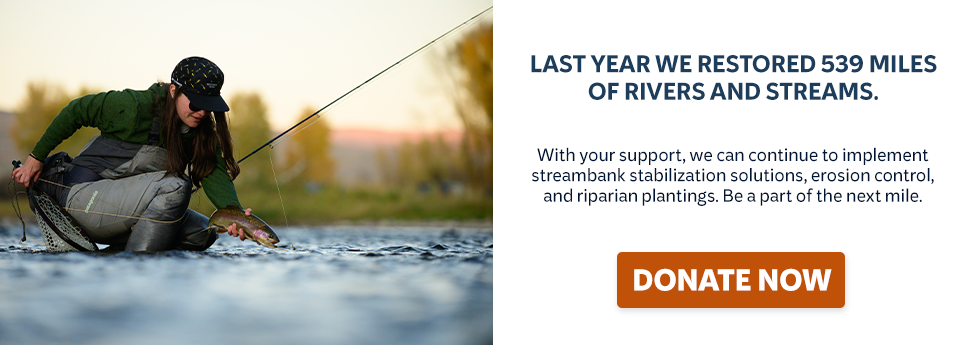March 12, 2007
FOR IMMEDIATE RELEASE
Contact: Nat Gillespie, 703-284-9431 or ngillespie@tu.org
Rick Axt, 908-719-8777 or raxt@verizon.net
Conservation Groups Propose New Management Plan for Delaware River
Adaptive Release Policy Benefits NJ Communities, Recreational Users
WEST TRENTON — A coalition of local, state and national conservation groups last week announced a plan to strengthen shad and trout fisheries and improve recreational boating and fishing opportunities on the Delaware River. The coalition presented the plan at last Tuesdays meeting of the Regulated Flow Advisory Committee of the Delaware River Basin Commission (DRBC).
This is a win-win proposal for water users, Delaware River communities and the entire ecology of the Delaware River system, said Nat Gillespie, Fisheries Scientist with Trout Unlimited. The coalitions Adaptive Release Policy puts more water in the river in the spring and summer, when shad and trout populations need it most. New York City and the states of New Jersey and Pennsylvania will maintain their drinking water supplies, and local recreation-based economies will benefit from consistent, increased flows and a healthier river.
The Delaware provides drinking water and recreational opportunities for millions of people in New Jersey, New York and Pennsylvania. New York City, which receives 50-60% of its drinking water from the Delaware, is the rivers largest water user.
Three large dams in the upper Delaware the Neversink, Cannonsville and Pepacton control the flow of water through the river system. Two Supreme Court cases in 1931 and 1954 determined how these dams allocate water to the rivers numerous water users.
The problem with the current allocation system is its inability to respond to changing levels of the reservoirs, explained Gillespie. Too often, this translates into unnecessarily dry river conditions in the spring and summer and sudden influxes of rushing water when reservoirs fill and spill over in the fall. In contrast, the Adaptive Release Policy allows reservoir managers to adjust water releases based on seasonal reservoir water levels.
The DRBC, which oversees the three upper Delaware dams, recently proposed a set of changes to current allocation policies. While the DRBCs proposal represents an improvement over existing policies, the conservation coalitions Adaptive Release Policy greatly improves fish habitat and expands recreational opportunities, while maintaining drinking water supplies. Hydrologic modeling has demonstrated that the coalitions policy actually will increase New Jerseys total allowable diversions.
The conservation coalitions plan improves on the DRBCs plan in four specific ways:
It improves fishing and boating recreation by providing more water to the Delaware system, particularly in the spring and summer;
It offers greater protection to the ecology of the main stem of the Delaware River;
It greatly increases habitat for trout and shad in the Delaware River; and
It assures lower reservoir levels by September 1st to better protect downstream communities from flooding.
This plan provides a tremendous benefit for New Jersey communities, said Rick Axt, Chair of TUs New Jersey Council. It poses no increased risk to New Jersey residents, and it will actually increase the states drinking water supply diversions and decrease the number of declared droughts. And the ecological benefits to American shad and trout populations in the Delaware River far exceed the plan proposed by the DRBC.
The Delaware is the longest un-dammed stretch of river in the East. It runs over 300 miles from Hancock, NY, to the ocean, and it supports one of the few healthy shad populations in the East. A 1998 economic study determined that fishing on Upper Delaware River generated nearly $30 million annually in local economic activity. For more information on the Delaware River Adaptive Release Policy, visit www.drarp.org.
– 30 –
Trout Unlimited is North Americas leading coldwater fisheries conservation organization, with more than 160,000 members dedicated to the protection and restoration of trout and salmon fisheries and their watersheds.
Date: 3/12/2007

